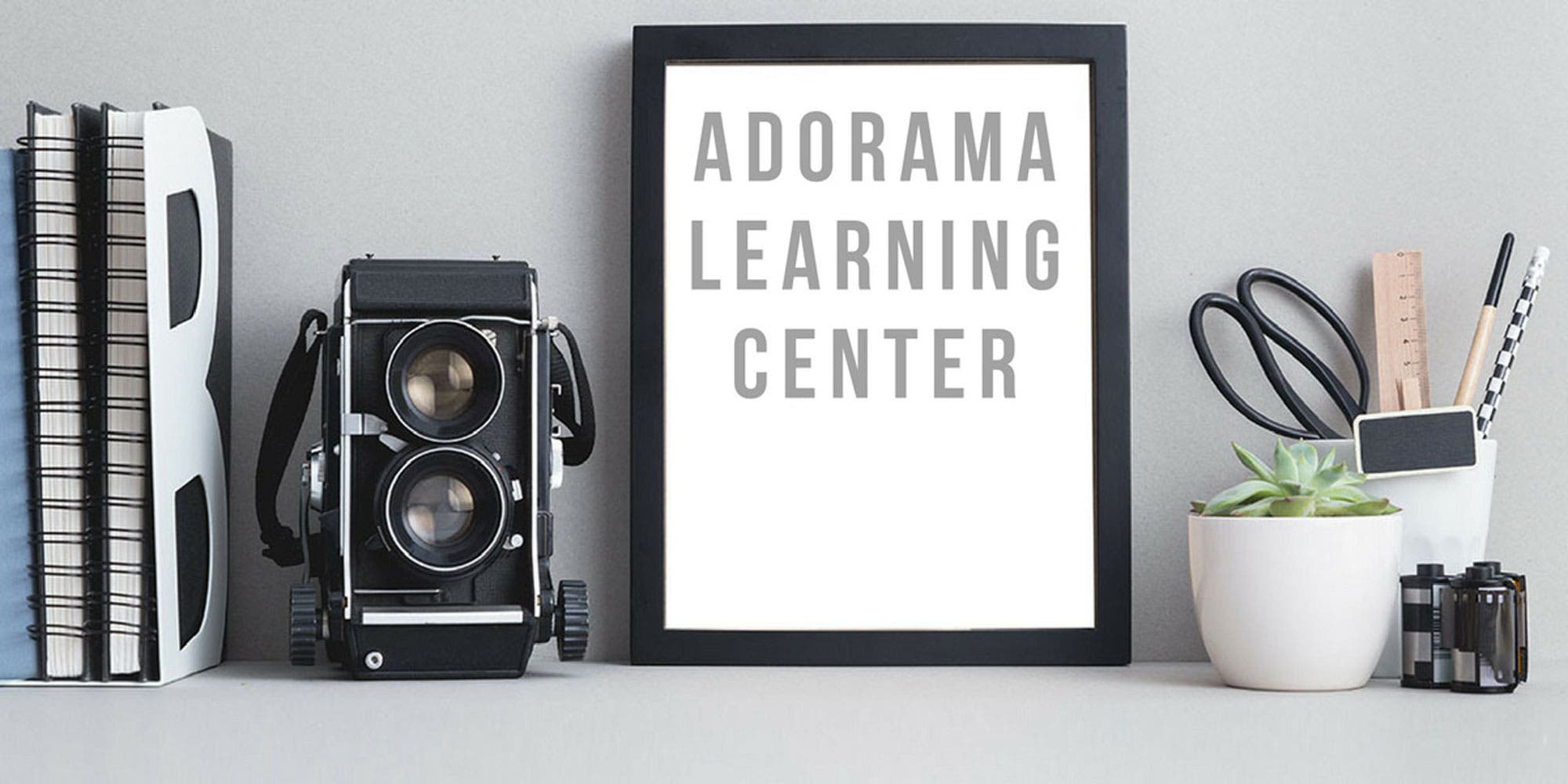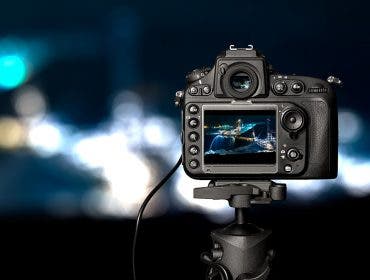Updated: Our short list of key models that may help you make your next buying decision.
Nikon D5000
Approximately $700 with kit lens
Yes, the $500 (with kit lens) D3000 would be Nikon’s entry-level DSLR and it’s a decent starter DSLR that would certainly be a step up, quality-wise, from a point and shooter. But if you really want bang for your buck, skip over it and spend the extra $200 for the D5000. The D5000 offers HD Video, and delivers far better image quality in the lab and on the street than sensors on most APS sensor DSLRs, including many cameras that are much more expensive. It is amazing that $600 can buy you a camera with: 720p HD video recording; D-Lighting, which effectively extends the camera’s already stellar dynamic range; a 12MP CMOS sensor; and actual low noise at high speeds based on street tests and lab results.
Furthermore, the D5000 gives you access to Nikon’s Creative Lighting wireless flash system, offers over a dozen in-camera image editing options, and up to 4 fps burst rate at full resolution. Very little compromise here…the 230k dot LCD monitor resolution is slightly lacking, but overall, the D5000 is a lot of camera, and deserves to be the most important amateur-level DSLR at the moment.
In the lab: DxO Labs’ DxOMark overall RAW image quality sensor score for the D5000 is a 72, one of the highest scores for any APS camera, no matter what price. In low light, RAW images at over ISO 800 display extraordinarily low noise, while the dynamic range tops out at an impressive 12.3 stops and stays near that through ISO 800, while the tonal range is comfortably above the minimum acceptable through ISO 800 and only deteriorates at ISO 1600 and 3200. The camera’s ISO sensitivity is about half a stop below the indicated sensitivity.
Bottom line? The D5000 will deliver best-in-class image quality, even in low light, up through ISO 800.
Lab results provided by DxOMark.com, used by permission.
Canon Rebel T2i
Approximately $800, body only.
The merger of still and HD video photography, which started with high-end DSLRs such as the Canon 5D Mark II, has made its way down into the low-end models. But calling the Canon EOS Rebel T2i “low end” is doing it a disservice: after all, it has a 18MP sensor, records full 1080p HD videos, and captures images at up to 3.7 frames per second—all features that should bump it up into the “enthusiast” bracket. It’s only low-end in price.
Consider how the Rebel line has evolved. The XSi, which is still available and is a great deal at under $500, has a 12MP sensor and captures still images. How quaint. The T1i, introduced last year, added HD video and boosted resolution to 15MP, and is a very reasonable, lower-cost alternative at around $650. The T2i is admittedly a pricier camera, but look at the features and quality it brings to the table.
In the Lab: According to DxOMark, the the T2i (known in Europe as the 550D) garnered an overall DxOMark sensor score of 65.6, an above average score for an APS sensor camera. It produced low-noise images at ISO 800, an excellent performance, and a substantial jump from the image quality of its most recent predecessors. Dynamic range is a shadow-catching 11 stops. ISO sensitivity is almost on target (consistently about 1/3 stop below the indicated ISO), and tonal range remains acceptable through ISO 400. Overall, the T2i scored within the average range for sub-$1,000 APS DSLRs, which is pretty good.
Lab results provided by DxOMark.com, used by permission.
Pentax K-x
Approximately $550 body only
One of the smallest and lightest DSLRs on the market, the Pentax K-x is the younger sibling of the rugged, ground-breaking K-7. It incorporates the same 12MP CMOS sensor, records 720p HD Videos at 24 fps, and shoots high-speed bursts of 4.7 fps (best in its class) and a top shutter speed of 1/6000 sec (ditto). True to its step-up-camera roots, it also has face detection that can see up to 16 faces, a digital filter function that lets you apply special effects, and the ability to capture high dynamic range pictures. It does this by blending three bracketed exposures—just as the K-7 does. The biggest difference between the two cameras is that the K-x is not water-resistant, and it runs on easy-to-find AA lithium or NiMH rechargeable batteries.
But as with the K-7, the K-x has the same mount that Pentax has been using for decades. Lenses made for older Pentax film cameras are fully compatible, so you can build an impressive collection of optics from used lenses as well as from Pentax’s outstanding lineup of current lenses.
In the lab: According to DxOMark, The K-x had an overal DxOMark Sensor score of 71.9 out of a possible 100, an excellent result and a very high score for an APS-sensor camera and a virtual dead heat with the Nikon D5000. The maximum ISO to deliver acceptably low digital noise is 800 while dynamic range is good through ISO 1600, an oustanding result. Of all DSLRs with APS-C sized sensors, no matter what price, the K-x came in third, a very impressive result especially given its affordable price. Low-light performance is exceptional.






